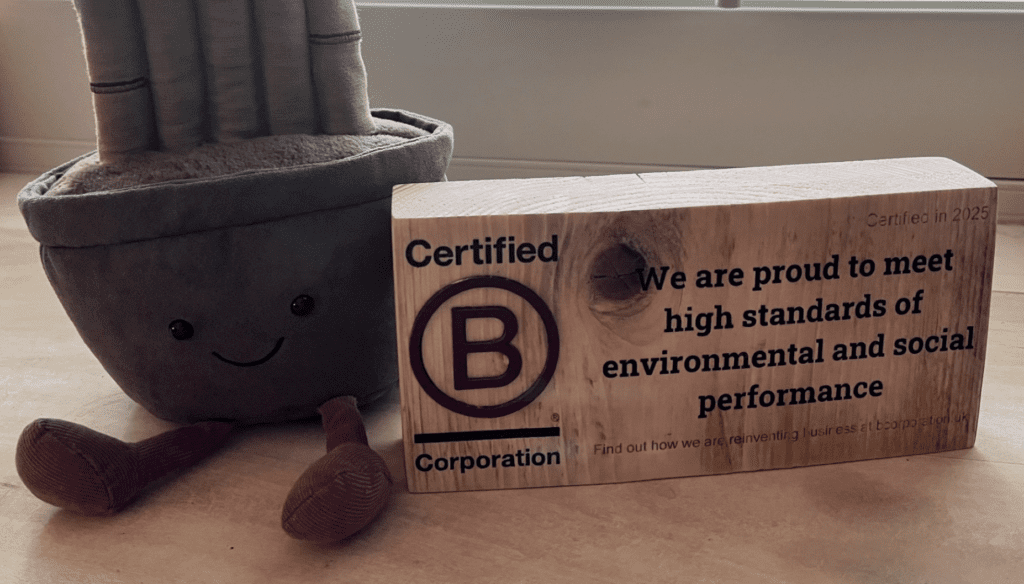Participatory Grantmaking Webinar
We help Grantmakers to develop great practice, improving processes for the benefit of staff and beneficiaries, and ensuring best use of funds. We start with Service Design, taking a “technology-agnostic” approach to examining and challenging internal processes. We then design and deploy software solutions, streamlining processes and integrating with line of business systems.
You could have the most streamlined processes built on bleeding edge tech, but does that matter if you don’t engage with the communities that you’re supporting? Are you truly working for the benefit of these groups, or are funding decisions made based on your assumptions about what will benefit them? Are you working with people in partnership to achieve their goals, or could you be inadvertently manipulating them by merely consulting with them (and making the real decisions yourself?)
As a founding member of the Participatory Grantmaking Community of Practice and Head of Funding for The National Lottery Community Fund’s UK Portfolio, Hannah Paterson knows the challenges involved in meaningful community engagement. Hannah joined us to explain what Participatory Grantmaking (PGM) is, along with some insightful guidance on how it could work for you.
What is PGM?
“Participatory grant making cedes decision making power about funding – including the strategy and criteria behind those decisions – to the very communities that funders aim to serve.” Jen Bokoff & Cindy Gibson – Deciding Together
With a huge amount of interest in PGM, and a lot of grant-makers thinking they’re already doing it, many aren’t getting it quite right! PGM is both a PROCESS and an ETHOS and requires a values-based approach – you can’t have one without the other.
Done correctly, PGM can deliver a range of benefits to grant-making organisations and those that they work with. These include:
- Better results
- Serving real need
- Accountability to the community
- The process is also an objective
- Leadership development
- Pride & dignity
- Empathy, solidarity & engagement
- Horizontal networks & relationships
What isn’t PGM?
Some of these terms are often used interchangeably, but they don’t necessarily mean that you’re doing PGM. However, each of these COULD form part of your PGM strategy where combined with communities making the real decisions on funding:
Trust-based philanthropy
This often involves unrestricted funding over a period of years, where funders do the homework, simplify interactions with grantees and strive towards transparency and assistance “beyond the cheque.”
Open calls for funding
Being open and transparent about who can apply for funding and advertising to maximise reach, rather than directly soliciting applications and applying your own biases.
Unrestricted funding
This gives flexibility, allowing organisations to allocate resources where they needed most, defined by themselves.
Core funding
This covers standard operating costs, such as staff, rent, or utilities.
How to do PGM effectively?
Meet people where they are
This may be near to their homes or workplaces, or where they’re most comfortable.
Make it accessible
Not just physically (which is essential), but also to ensure accessibility of language. Are translators (either foreign or sign language) needed? Should you lead the session in a different language from your country’s official or default language?
Recognise what people give up
Sacrifices made by participants can be significant. Have they paid travel or childcare costs to be there? Are they losing income by missing a shift, or sacrificing a day of annual leave? Could they have spent that time with loved ones?
Share power and support
There’s no point in giving one with other the other – consider how that can be collectively designed with the community.
Ask “why am I doing it like that?”
Often, it’s because “we’ve always done it that way”! Examine what you do and what the rules are – avoid restraining yourself unnecessarily.
Who isn’t in the room?
Can this engagement be truly representative if key people / community roles aren’t being heard?
Would you want to be there?
Empathise with participants – would you consider this an effective use of your time? Would you feel that you’re getting something out of this?
Make it safe
Think carefully about what that could mean – examine whether there may be a community legacy with the potential to cause harm.
Be prepared
PGM lives and dies on facilitation. Make your sessions effective, joy-filled and with adequate understanding of power dynamics.

Potential PGM Pitfalls
Participation without power is just consultation
If you seek community views, but shut them out of decision-making, you may cause more harm than good! Be honest with communities about the extent of their impact on the process and avoid the perception of doing it for appearances.
Tokenism is not a solution
Doing it badly can cause more harm than not doing it at all! If you don’t have the energy or resources to do it properly, consider funding someone who does it well instead.
Without support, people fall down
Give decision-makers the support that they need (including knowledge, data, and training) at all stages, including after the project.
What are you trying to achieve?
If goals are unclear, the wrong project could be supported. Be intentional with your goals – use these to support and inform decision makers.
Why do you do things the way that you do?
When designing the Leaders with Lived Experience programme, Hannah shared experiences of engagement with external consultants to challenge her on how things could be changed, and to justify why processes needed to continue.
What could it be?
Answering this requires creativity and imagination. Ask considered and exciting questions and probe their responses – help people to think differently to avoid sticking to the status quo. Make use of available tools and techniques to promote innovation.
What are the myths?
What do you think your current “red lines” are? Is that just based on your interpretation of the rules? Revisit and challenge these – ensure you’re not burdening yourselves and the communities you work with unnecessarily.
Hannah highlighted the wealth of knowledge and access to resources available from the PGMC – this includes networking, learning and the ability to promote your work and your community. All this (and much more!) can be found on the Participatory Grantmakers Community website.
The Community is transparent and inclusive, with no fees for membership. They’re always keen for more people to get involved!
Q&A Session
Hannah had no shortage of topics to expand upon in the question-and-answer session – we’ve picked a few key ones here:
PGM and consultation differences?
Hannah referred viewers to the Ladder of Citizen Participation, originally proposed by Sherry Arnstein in 1969, and still relevant to community engagement today as a useful tool to visualise distinct levels of community participation and power over important decisions.
Be clear with all stakeholders and involve them while you examine their feedback – don’t just take it away and determine the outputs yourself! Actual decision-making can be done in partnership to give communities a real say.
This doesn’t mean that full citizen control is appropriate in all cases. Be self-reflective and find the right balance to ensure that communities remain committed and confident that this is a beneficial use of their time.

How to keep it fresh & encourage marginalised community participation?
Keep asking yourself this question! Hannah highlighted that “there’s no such thing as best practice,” there’s always something better to work towards and this should continually evolve. Learn to be OK with the work you’ve already done no longer being fit for purpose.
When it comes to new voices, examine who decides who’s in the room as there’s power in that decision. Ask yourself who isn’t there, and why that might be? Maybe it’s because you’re a middle-class, white man wearing a suit holding a clipboard – could that make the people you want to engage with feel uncomfortable?
Is there a risk that people feel they need to “regurgitate” their trauma through their involvement? What does that do to people? Is it helpful? This shouldn’t be the currency that people pay to be in the room. Make it clear to everyone what is OK for this space and avoid re-hashing trauma.
How to convince a sceptical board of trustees that PGM is right for them?
This is a question that requires some nuance. Hannah has fallen victim to this herself, making inaccurate assumptions and trying to head off objections that didn’t exist! Understand board members’ issues one-on-one before getting them all in a room together.
The PGM Community offer of board outreach to help spread information and promote knowledge sharing – it’s often best to use some subtle peer pressure to help nudge funders forwards, promoting board-to-board networking to share experiences.
We’re so grateful to Hannah for joining us, and for sharing her insights into participatory grantmaking. This session allowed us all to better define what PGM is (and isn’t!), along with ideas and guidance on how it can work for funders of all sizes and types to improve the way that they work and serve the best interests of communities.
If you would like support to explore how you could introduce participatory grantmaking to your organisation, don’t hesitate to get in touch and find out how our Service Design team might be able to support you.
https://vimeo.com/764498253
References and Resources
Further information and resources can be found by following the links below:
- The Participatory Grantmakers Community website
- Deciding Together Shifting Power and Resources Through Participatory Grantmaking By Cynthia Gibson, Jen Bokoff
- Sherry R. Arnstein (1969) A Ladder Of Citizen Participation, Journal of the American Institute of Planners, 35:4, 216-224, DOI: 10.1080/01944366908977225







